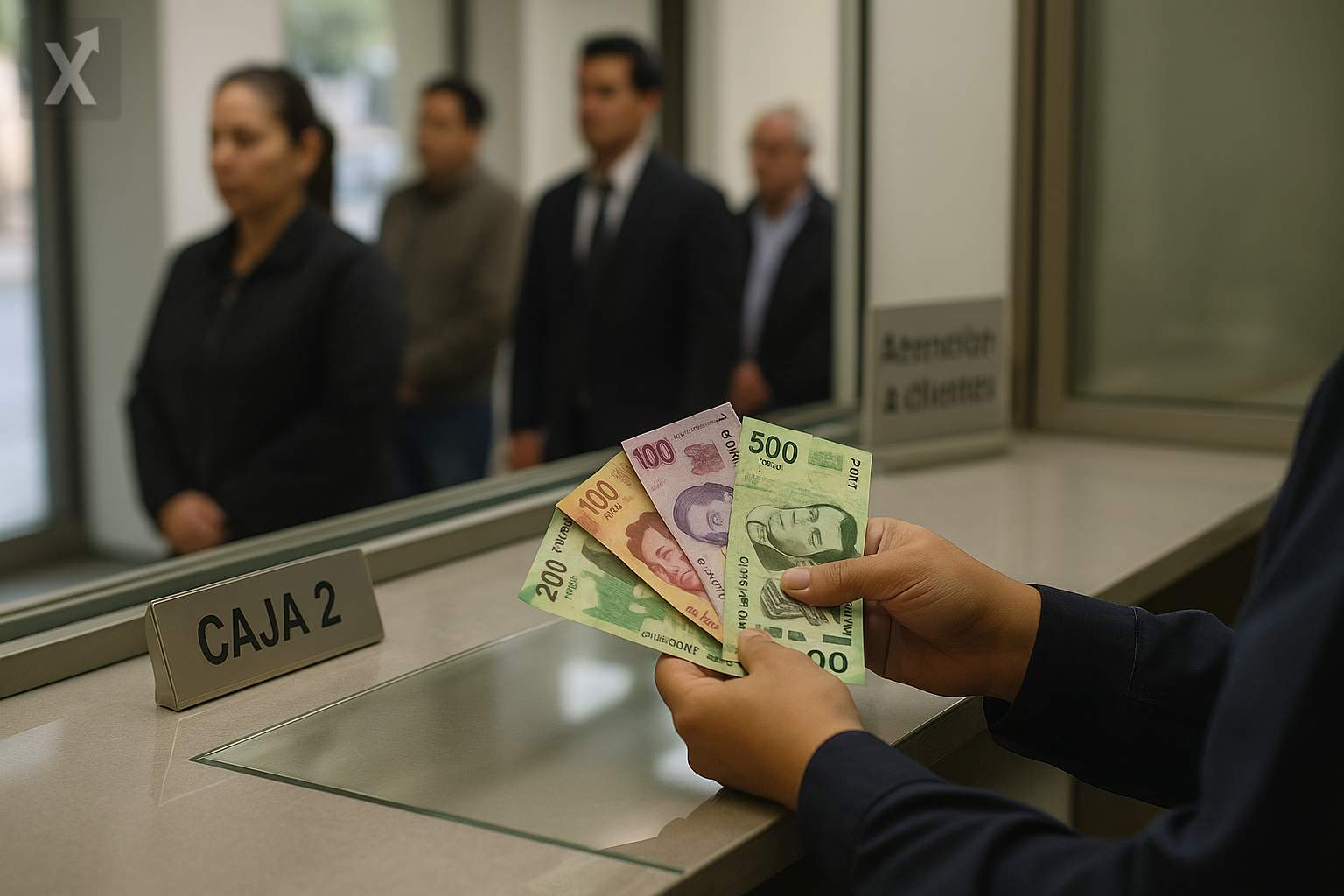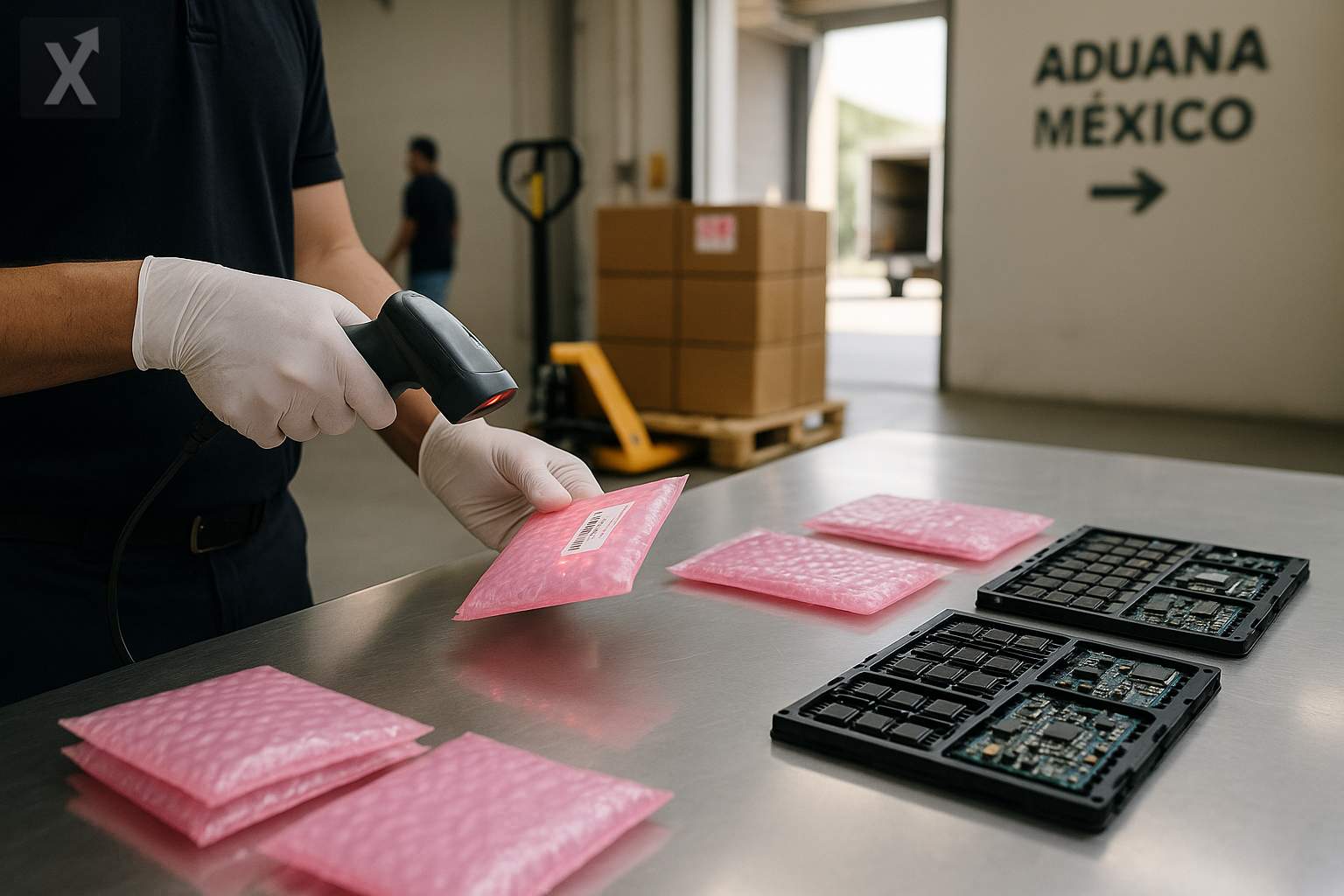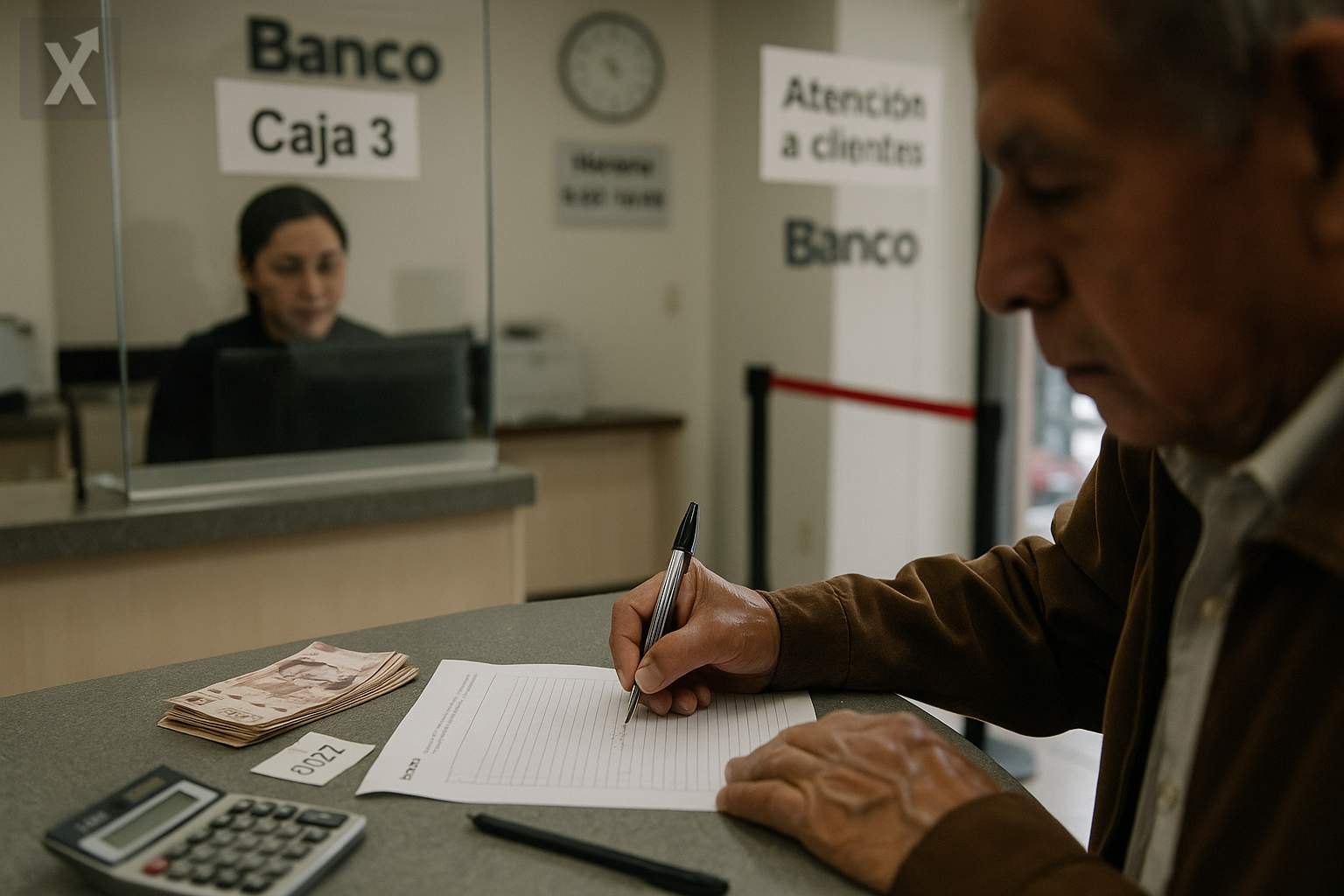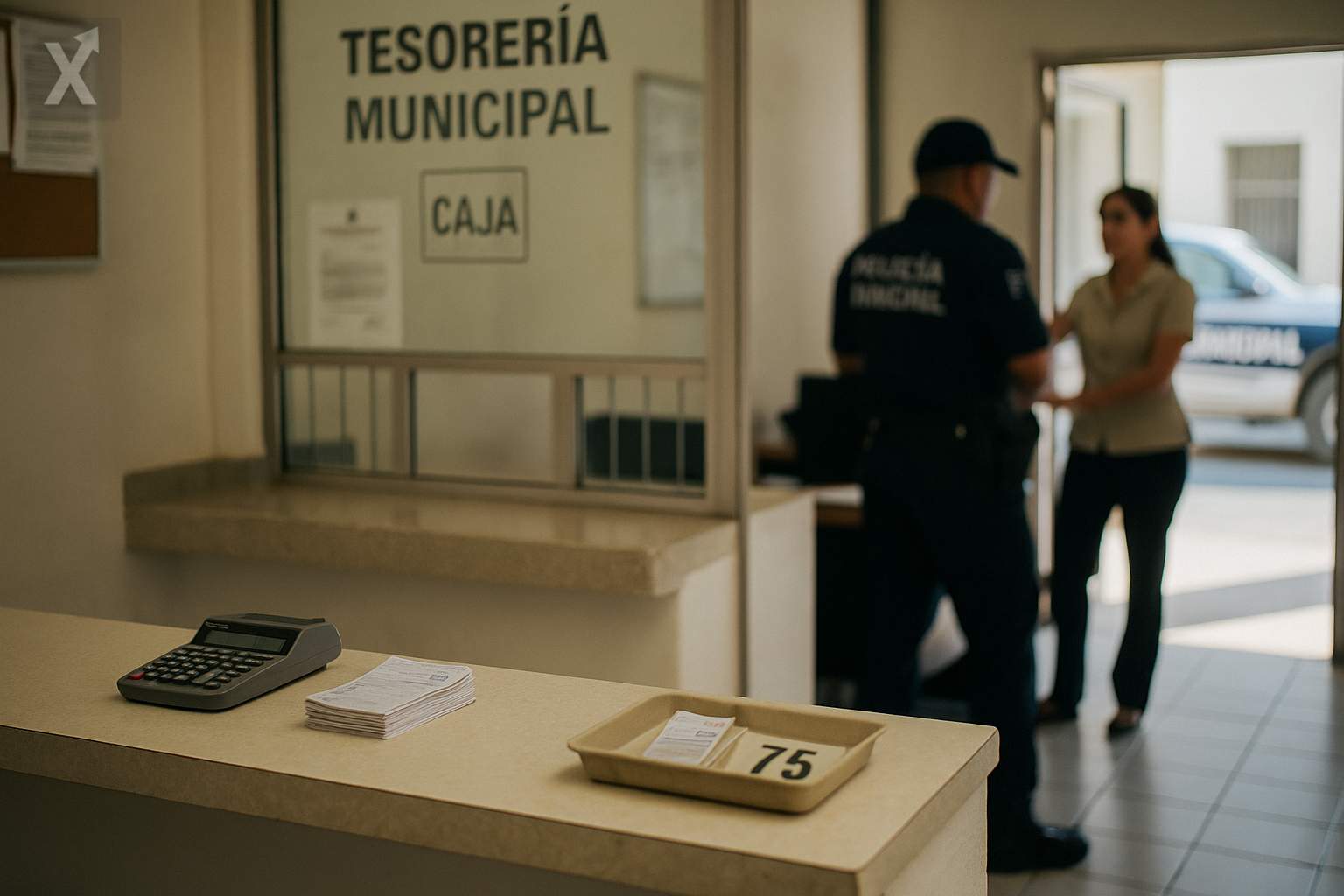Payments to CAME Savers Begin: How to Collect the Sofipo Deposit Insurance and What It Means for the Sector
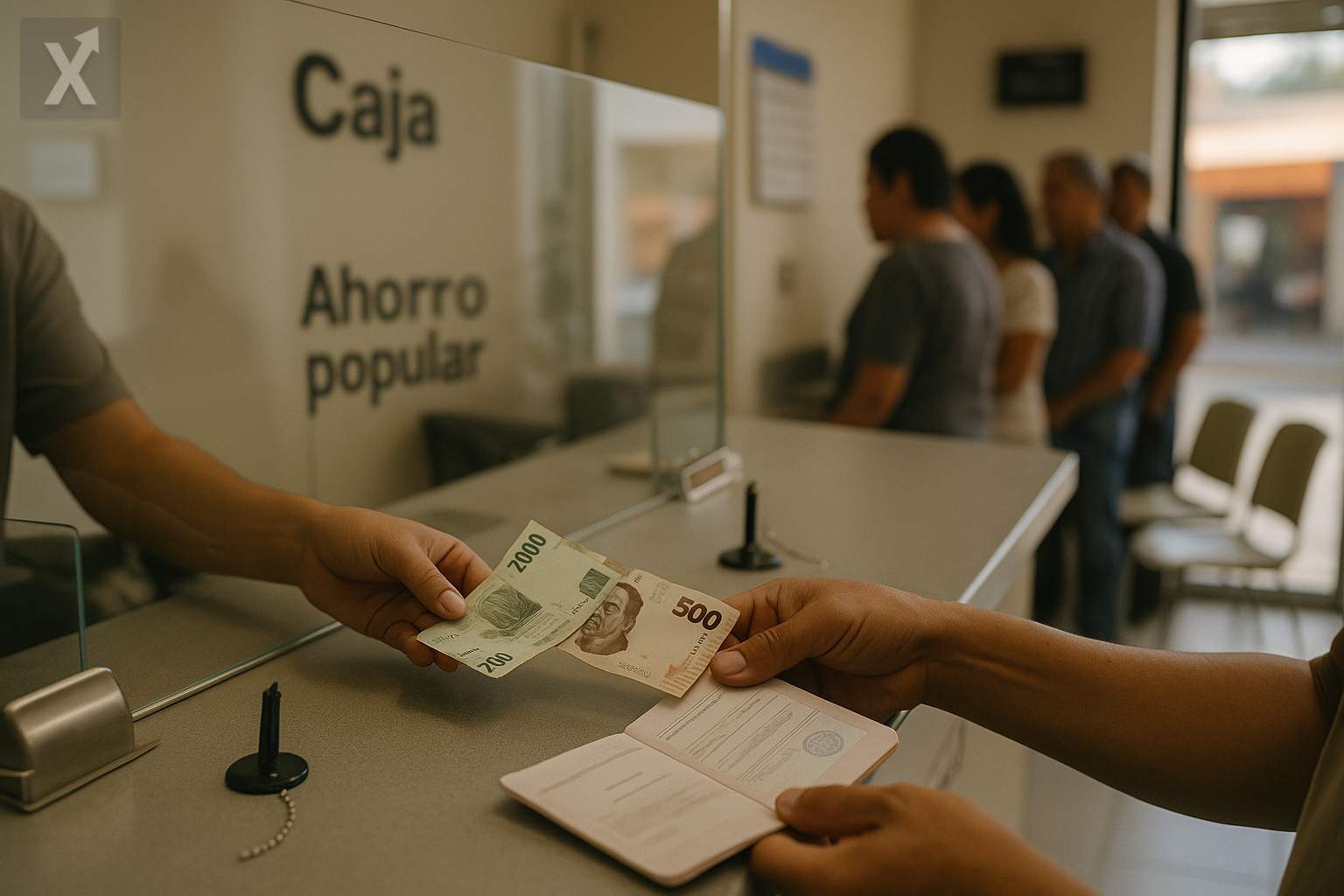
After the operating license of the Popular Financial Society (Sofipo) CAME was revoked, financial authorities activated the Deposit Insurance to protect savers. According to the rules published in Mexico’s Official Gazette (Diario Oficial de la Federación) on September 22, 2025, demand, savings, and time deposits at Sofipos are insured for up to 25,000 Investment Units (UDI) per person per entity—an amount currently equivalent to about 219,000 pesos, including accrued interest as of the resolution date. The payment process will be carried out in an orderly manner, at no cost to users, and through official channels.
CAME, a Sofipo focused on micro-entrepreneurs, was taken over in June 2025 by the National Banking and Securities Commission (CNBV) due to the deterioration of its loan portfolio and capitalization problems. The decision responded to operational and financial risks that made the entity unviable. Beyond this particular case, the episode highlights the tensions faced by some niche financial societies in a context marked by high interest rates, inflation remaining above target, and added pressure on the repayment capacity of households and microbusinesses—especially in regions with high levels of informality.
To collect the Deposit Insurance, savers must file an individual claim within 180 calendar days from the date of publication in the Official Gazette. This process can be completed online at www.fondodeproteccion.mx or in person at designated service centers. Payments will be primarily made via electronic transfer to an account in the saver’s name; there is no need for agents or intermediaries.
The claim must include the general information of the account holder (and co-holders, if applicable), CURP or RFC, address, and contact details; customer and account numbers; the estimated amount of deposits with interest as of the resolution date; and the chosen payment method with beneficiary account details. Supporting documents must be attached to prove the relationship with the Sofipo (contracts, account statements, or other evidence), a current official ID, and a recent proof of address. In special cases—such as the account holder’s death, minors, or people under guardianship—appropriate legal documentation is required to prove legal standing or rights.
The 25,000 UDI limit protects the vast majority of retail Sofipo savers. Those with balances above the insurance cap remain creditors in the liquidation process, meaning any additional recovery depends on asset valuation and sale, as well as the order of payment established by law. It is important to check the current value of the UDI—which is updated daily in line with inflation—and to use only official channels for information. In case of attempted fraud or offers of “express” payments, authorities remind the public that the process is free and that personal information should not be shared outside of the enabled sites and service centers.
Sofipos play a key role in financial inclusion in Mexico: they serve micro-entrepreneurs, self-employed workers, and households with limited access to conventional banks. They are not covered by the Banking Protection Institute (IPAB); instead, their safety net is a sector-specific Protection Fund, funded by industry contributions, public support, and auxiliary supervision. In recent years, the CNBV has strengthened oversight and prudential requirements, while greater digitalization and the normalization of inflation have driven these entities to improve risk management, collections, and corporate governance.
In the short term, the closure of a significant Sofipo may tighten funding and lending conditions within the microfinance segment, impacting businesses that depend on working capital. However, in the medium term, a clean-up process accompanied by better origination and reserve practices could result in a stronger system. For savers, best practices—such as diversifying across institutions, monitoring public indicators (like loan delinquency and capitalization), and confirming deposit insurance coverage—are essential to mitigate risk.
In summary, the payout of Deposit Insurance for CAME is proceeding with clear rules and defined deadlines, which helps limit harm to small savers. The case highlights the importance of prudential discipline in Sofipos and of users staying informed and using official channels. The 25,000 UDI coverage protects most savers, while the sector continues to face the challenge of strengthening its resilience without losing its focus on financial inclusion.
